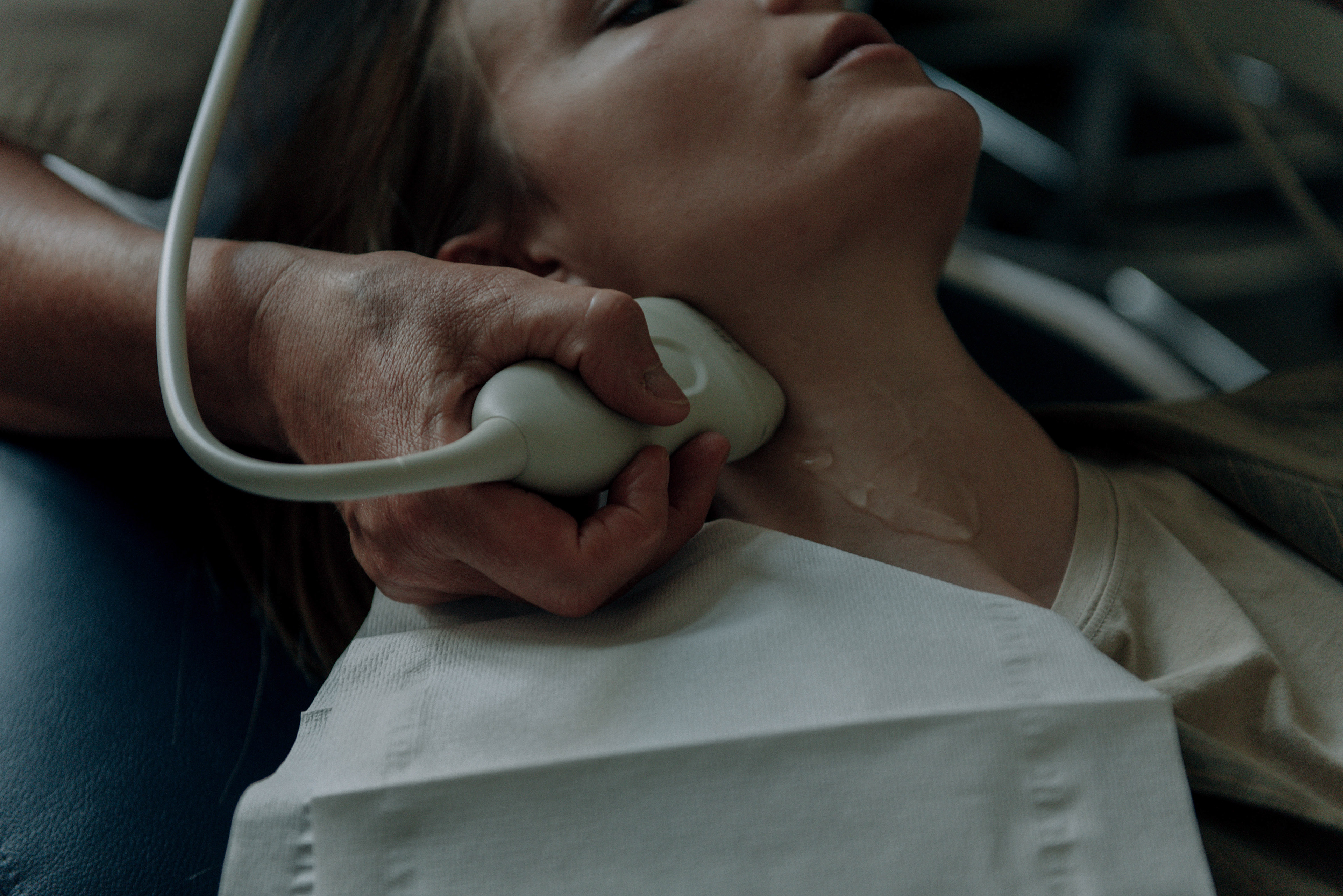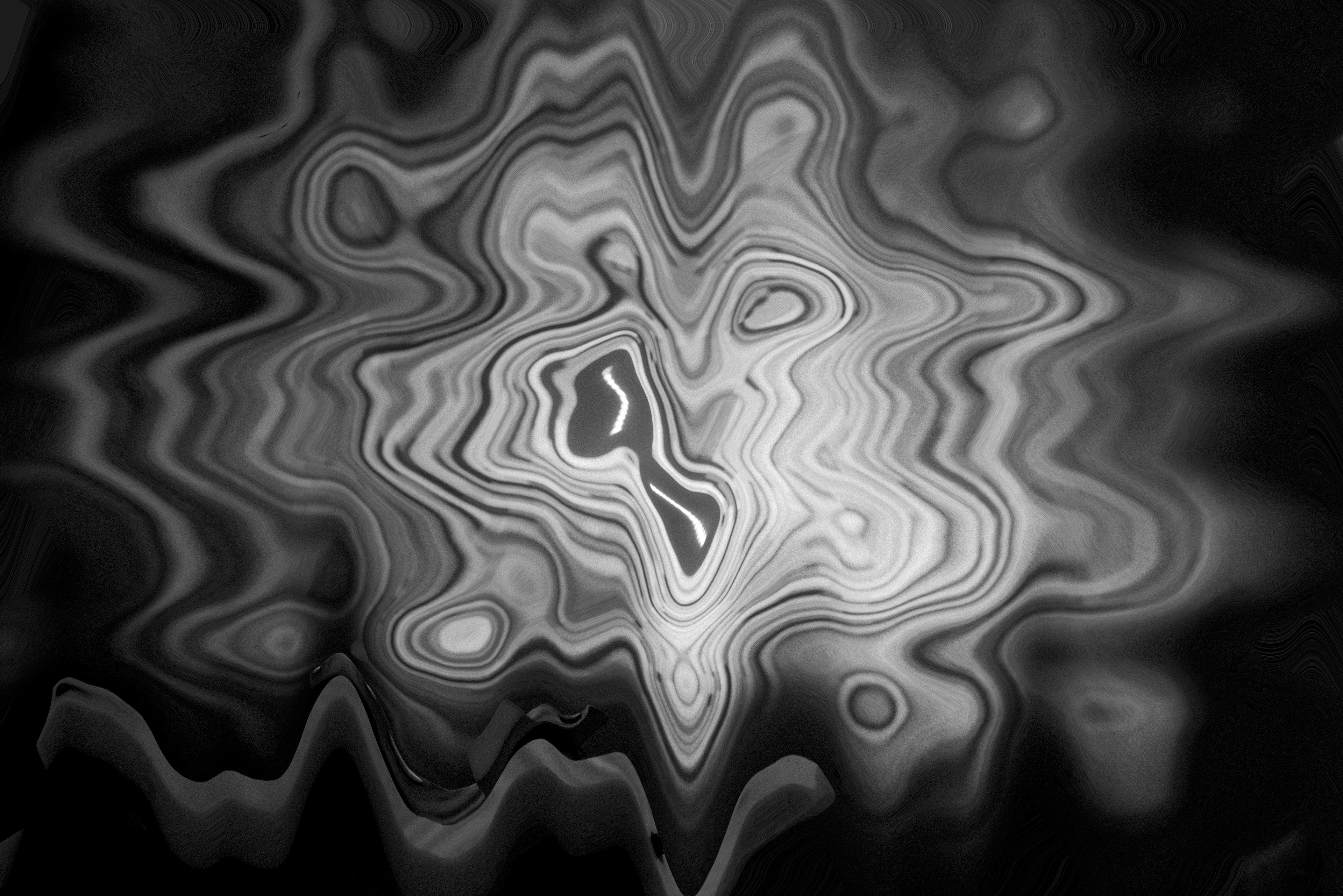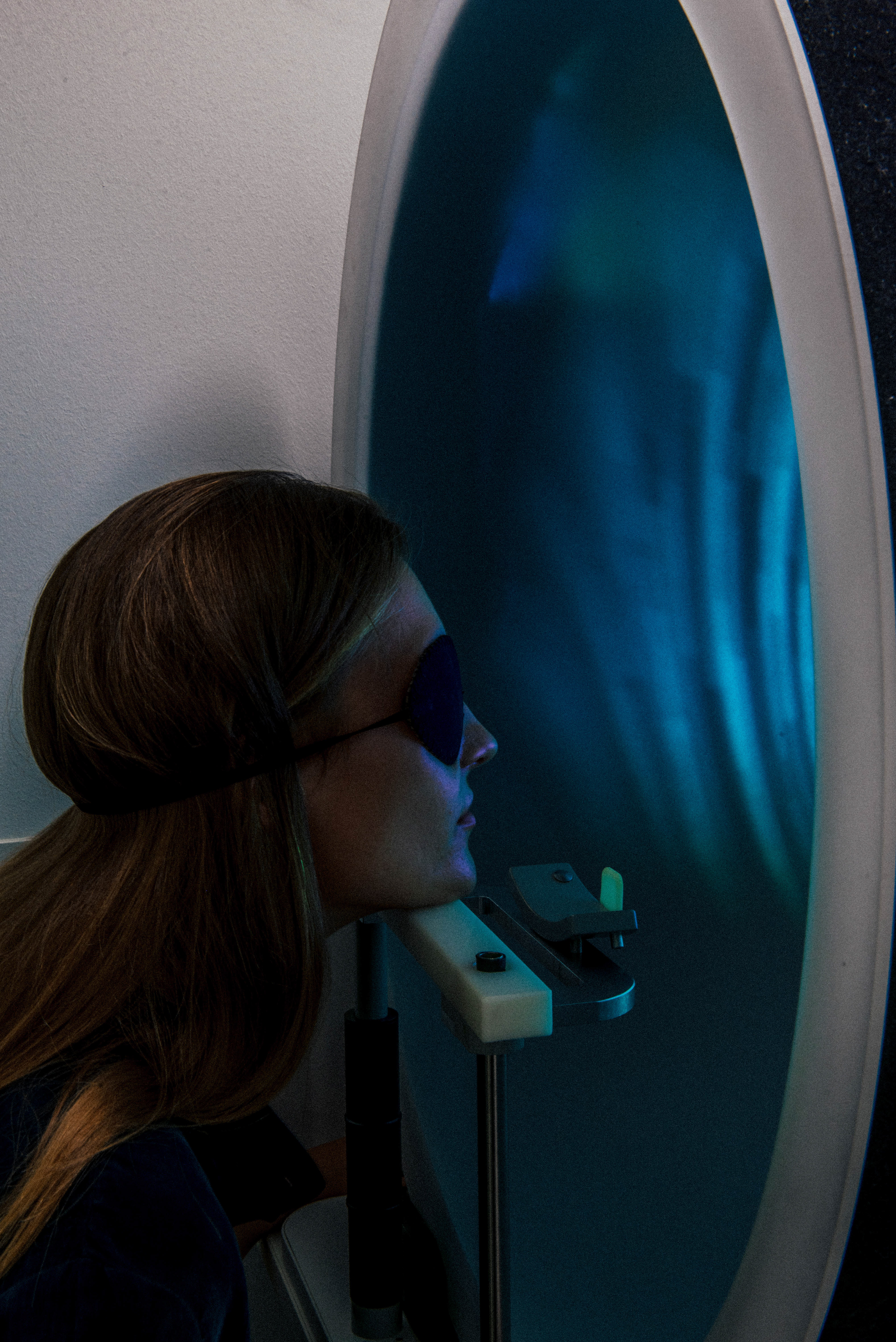The photo book project VERTIGO thematizes the subjective perception of vertigo and balance disorders and contrasts associative photographs with an observational view of strange-seeming medical examination methods.
The world turns, tilts and sways - as if it were bewitched.
Vertigo is considered the second most common symptom in general medical practices. During his or her lifetime, nearly one in three people will experience severe vertigo at some point. Although it is not a disease in its own right, but a symptom, vertigo drastically alters the reality of those affected.
Vertigo can be triggered by many different physical or psychological circumstances and can take on different forms and manifestations. Therefore, in order to classify vertigo and make it treatable, the symptom is studied in medical institutions. For the VERTIGO project, common examination methods and equipment in vertigo outpatient clinics were photographed. They appear strange, almost futuristic or like devices used in astronaut training. This peculiar appearance serves as the starting point for the photographic-lyrical examination of vertigo diagnostics.
But what does vertigo feel like? There is no general answer to this question, as vertigo is as individual as the people affected by it. Nevertheless, the photographs are intended to convey the feeling of vertigo, which is primarily characterized by instability, fragility and dizziness.
VERTIGO was created after a personal experience due to a disease of the vestibular system.




























